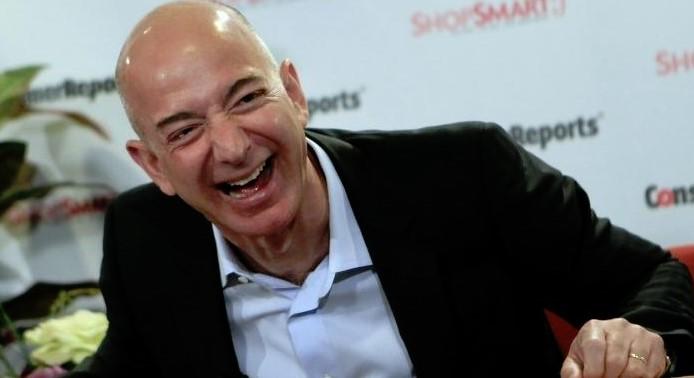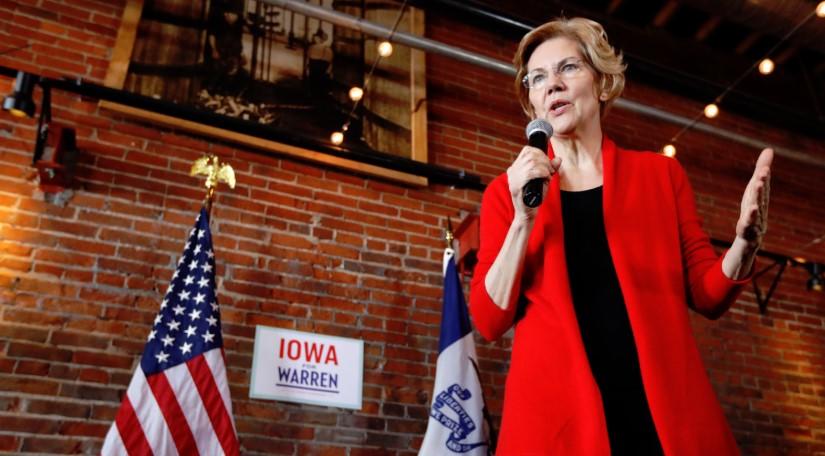With every passing day, Amazon merchants are feeling increasingly like they are on the wrong end of a lopsided deal with the company.
In Jeff Bezos’ shareholder letter released days ago – and covered here for its jab at other online retailers to raise their minimum wage – the CEO touts the success that merchants have had, even going so far as to suggest they were “beating Amazon at its own game”, because they made up 58% of all sales. But of course, this still makes Amazon the biggest winner. The company takes 50 cents on every dollar spent online, which is significantly higher than peers like eBay, who take just 6 cents per dollar.
This near-monopolistic dominance has Amazon increasingly in control of the $600 billion online retail market that’s growing at triple the pace of retail spending. While merchants gravitate toward Amazon at higher rates, the company has raised how much it takes from each sale. Its share has “almost tripled to more than 40 percent in the past few years,” according to merchants quoted by Bloomberg.
Amazon’s grip on the market – a market that vendors are increasingly dependent on for their livelihood – allows them to make whatever ad hoc changes they want and face no consequences.
One vendor interviewed, Jason Boyce, has been wary of regulation as small business owner. Despite this, he was willing to consider proposed regulations by Senator Elizabeth Warren that would prevent Amazon from competing against its merchants. Boyce said: “If you’re going to have a marketplace, you shouldn’t be able to piggyback off the hard work and labor of your sellers to beat them.”
Boyce, a former Marine Corps officer, started selling his product – basketball hoops – online in 2002. In 2004, he got a call from Amazon who said that they “liked” his products and he began to list them on the site. But over the next few years, his experience on Amazon resulted in competitors entering in the market and pushing down prices. So, like a good businessman, he pivoted to other products, developing his own line of foosball tables, air hockey tables, bocce ball sets and exercise equipment.
Then, in 2009, Amazon started selling its own products, Amazon Basics. Among its offerings, Amazon started selling bocce ball sets that cost $15 less than Boyce’s, and giving them ideal page space to win the shopper looking for the lowest price.
“They’re pulling market share away from us and our competitors as well,” Boyce said.
Amazon says its own products represent only about 1% of total sales. But the giant has been stepping up efforts to recruit Chinese suppliers and manufacturers directly, in order to cut merchants out of the equation. These new Chinese players have also entered the picture at the same time “an explosion” of counterfeit products and fake reviews have hit the site; two issues prominent in Chinese e-commerce.
“Amazon crushes small companies by copying the goods they sell on the Amazon Marketplace and then selling its own branded version,” Senator Warren has previously said.
But for now, Amazon still only has less than 8% of the U.S. retail market and there’s limited evidence that the company has hurt consumers with predatory pricing, which is usually how anti-competitive behavior is identified. However, Bezos’ acknowledgement of the anti-competitive drumbeat in his recent shareholder letter shows that he’s taking the threat seriously. He has also increased lobbying in Washington as a result.
James Thomson, who organizes the Prosper Show, an annual e-commerce conference focused on Amazon said: “Amazon is definitely perceived as getting more and more powerful. There are a lot of reasons for merchants to be highly skeptical and cynical about what Amazon is doing.”
Boyce, on the other hand continues to do what made him successful to begin with: pivot and evolve. He is now opening up his own consultancy to help new merchants navigate the online space.
Boyce concluded: “I know what to do because it’s a problem I faced myself. Amazon is constantly throwing curve balls at you.”
via ZeroHedge News http://bit.ly/2PufH1E Tyler Durden

